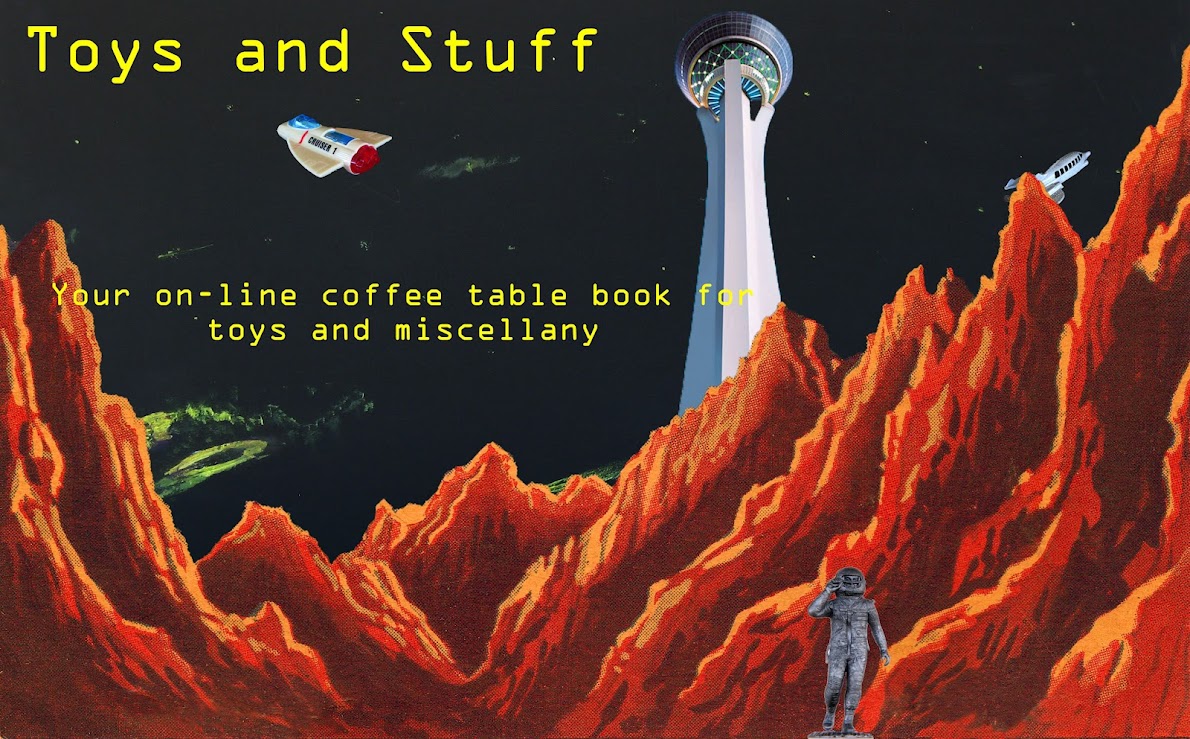Several things come to mind when talking about a circus: animal acts, wagons, parades, music, and of course tents. For many, tents is where all the magic happened and the lure of a 3-ring or 5-ring circus held under the Big Top was undeniable. In my case, memories of the circus were a little different. For me - growing up in the '50s and '60s - it was the Milwaukee Arena (situated next door to the Milwaukee Auditorium) which held my memories of the circus. The Ringling Bros. and Barnum & Bailey Circus had done away with tent performances in the '50s and so when my school class went on their annual field trip, it would be either to the Arena to see the circus or to the Milwaukee Public Zoo. Still, the tent is the most favored representation for the modeler and one which is the most fun to build - if you have the space that is. Enjoy! Opa Fritz
Full blown circuses take up a lot of space - anywhere from 27-30 acres! Here's a run-down of the kinds of tents a large operation could have:
-Big Top: this could have anywhere from one to five rings and have a 'hippodrome' - a perimeter track on which the performers would parade around prior to the beginning of the show itself. This parade was a show unto itself!
-Menagerie Top: A paid admission to the circus could get you into this portable 'zoo' where exotic animals would be on display
-Side Show Top: This held what is referred to as 'the freak show' - human oddities like the Bearded Lady, 'Jungle Men' from far off places, double jointed contortionist, giants (real people over 7" tall), midgets like the famous Tom Thumb, etc.
-Horse Top: Held the performing horses (called Ring Stock) used in the circus
-Baggage Top: Held the work horses (called Baggage Stock)
-Dining Top: Where circus personnel ate
-Cooking House: As its name implies, this is where the meals were cooked for circus personnel
-Wardrobe Top: Held the wardrobe wagons and costume trunks of the performers
-Clown Top: Same as the Wardrobe Top but for the clowns' use as well as holding any props they used
-Work Shop: Held the maintenance/repair tools and machines needed to keep the show going while on the road
Here's some photos culled from facebook and the Internet showing just what a circus layout could look like. Circuses didn't have a carved-in-stone layout because they were at the mercy of the available space in the community in which they were set up. You can see several different layouts here.
Good shot of the 'banner line' (the array of large posters for the freak show) and the entrance to the Big Top 1935









No comments:
Post a Comment